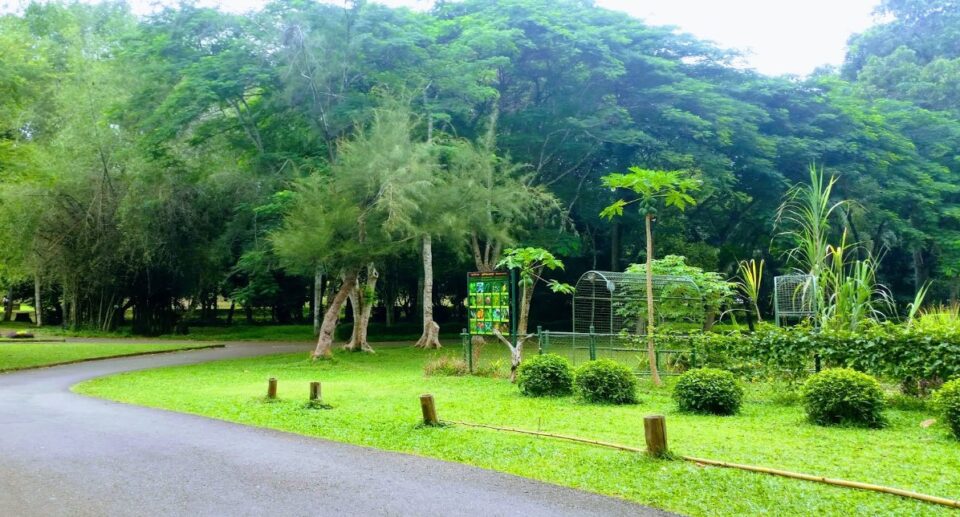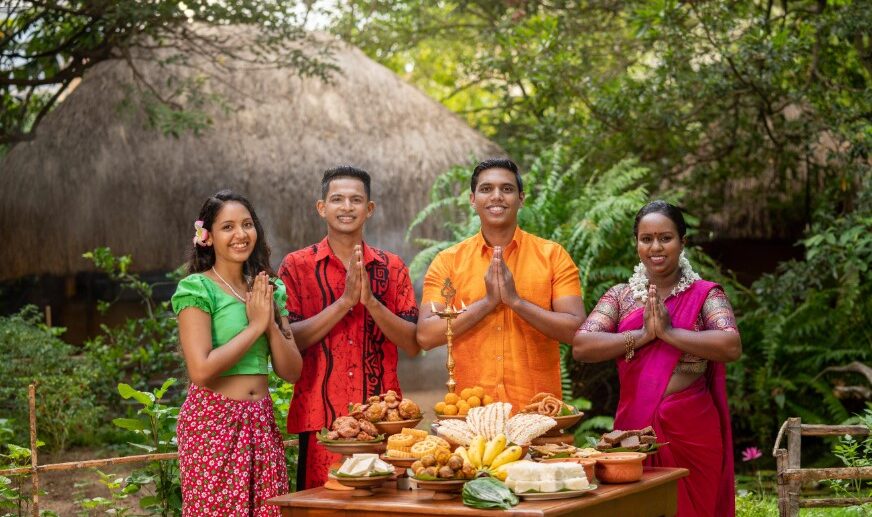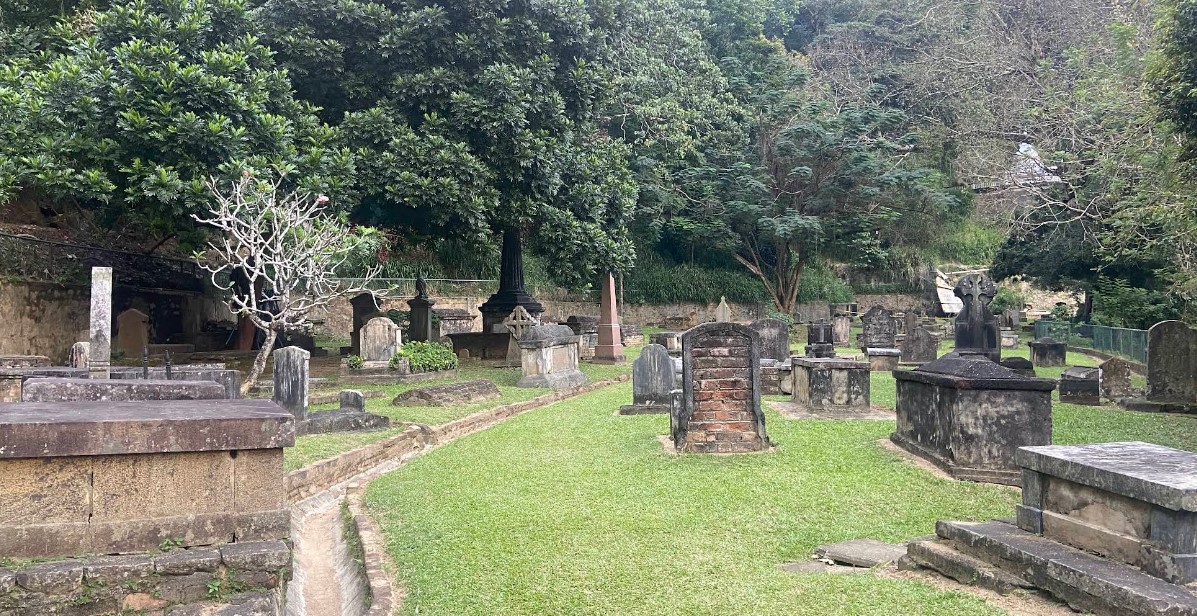Deepavali: The Festival of Lights
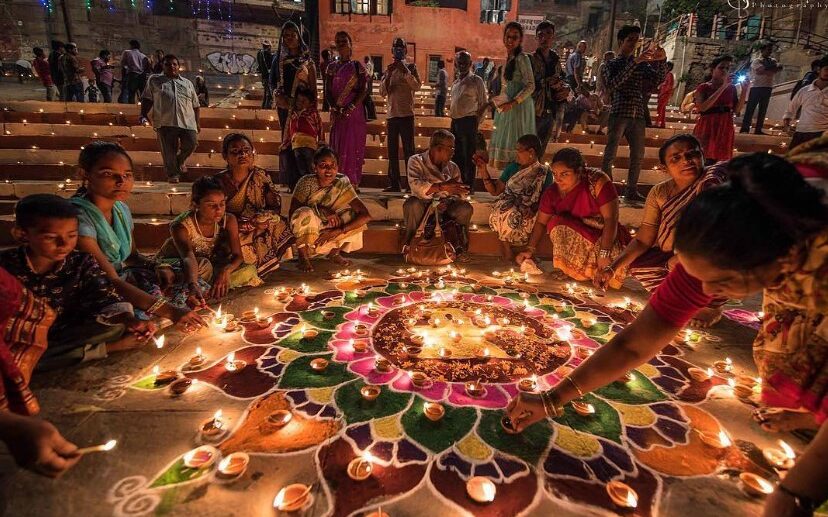
Deepavali, or Diwali, is one of the most widely celebrated and known festivals in India and among Hindus around the world. It is commonly referred to as the Festival of Lights and represents the victory of light over darkness, virtue over vice, and knowledge over ignorance. While based on Hinduism, the festival is also celebrated by Jains, Sikhs, and Buddhists, so it is a true pan-Indian festival that resonates with universal human values.
Origins and Historical Significance
The origin of Deepavali is connected with various myths in Hindu mythology, varying from local culture to culture.
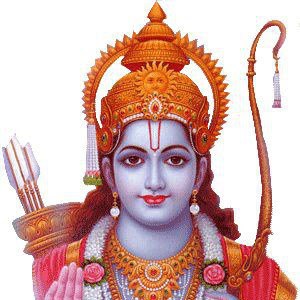
- Return of Lord Rama
Deepavali in northern India as a whole celebrates the return of Lord Rama with his wife Sita and brother Lakshmana to Ayodhya after a 14-year exile and the triumph over the demon king Ravana. To guide them home, the people of Ayodhya lighted diyas (oil lamps), illuminating the city as a whole. This Ramayana tale is the most commonly used one for Deepavali. - Krishna and Narakasura
In south India, Deepavali is the celebration of the triumph of Lord Krishna over demon king Narakasura, who terrorized the gods and men alike. On defeating Narakasura and rescuing the captive women, Krishna was triumphant and was hailed by people as they lighted lamps to celebrate his homecoming. - Goddess Lakshmi
In western India, particularly in Gujarat and Maharashtra, the festival celebrates Goddess Lakshmi, the goddess of good fortune and prosperity. It is believed that on this day, Lakshmi appeared from the milk ocean during the Samudra Manthan (churning of the cosmic ocean) and bestows good luck on her devotees. - Jain and Sikh Traditions
Jains celebrate Deepavali as the day Lord Mahavira, the 24th Tirthankara, achieved nirvana (liberation) in 527 BCE.
Sikhs celebrate it as Bandi Chhor Divas, to celebrate the liberation of Guru Hargobind Ji from imprisonment along with 52 Hindu monarchs. Such differing explanations are reflective of the festival’s inclusive nature and spiritual base, and so Deepavali is a celebration beyond religious divide.
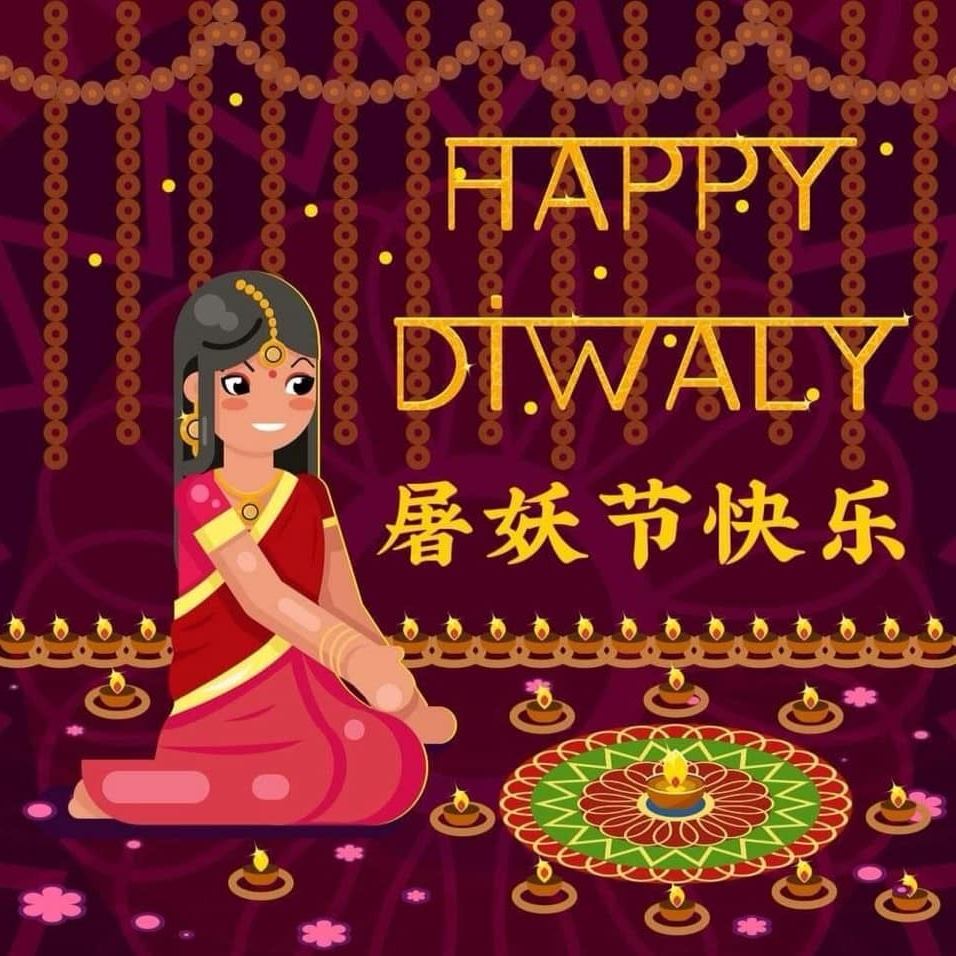
When Is Deepavali Celebrated?
Deepavali occurs in the Hindu lunar month of Kartika, generally between mid-October and mid-November. The dates are different every year, as the Hindu calendar is lunisolar. The five-day festival includes the following with its own ritual and importance:
Day 1 – Dhanteras: Celebrates the start of festivities. Individuals clean their houses and purchase gold, silver, or new utensils, which are thought to be auspicious.
Day 2 – Naraka Chaturdashi (Choti Diwali): Commemorates Krishna’s victory over Narakasura. People light small oil lamps and burst a few crackers.
Day 3 – Lakshmi Puja (Main Deepavali Day): The most important day. Homes are illuminated with diyas, pujas are performed to Goddess Lakshmi in families, and exchange gifts.
Day 4 – Govardhan Puja / Annakut: The day is celebrated as a thanksgiving to Lord Krishna for having protected the Vrindavanites. Food hill is worshipped in some societies.
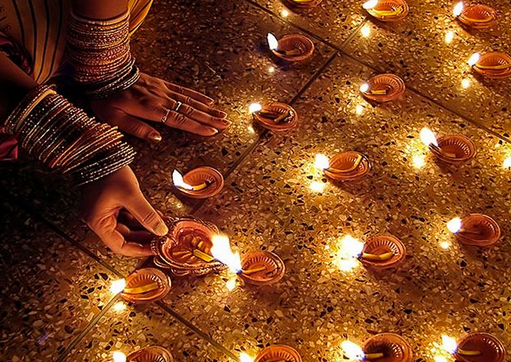
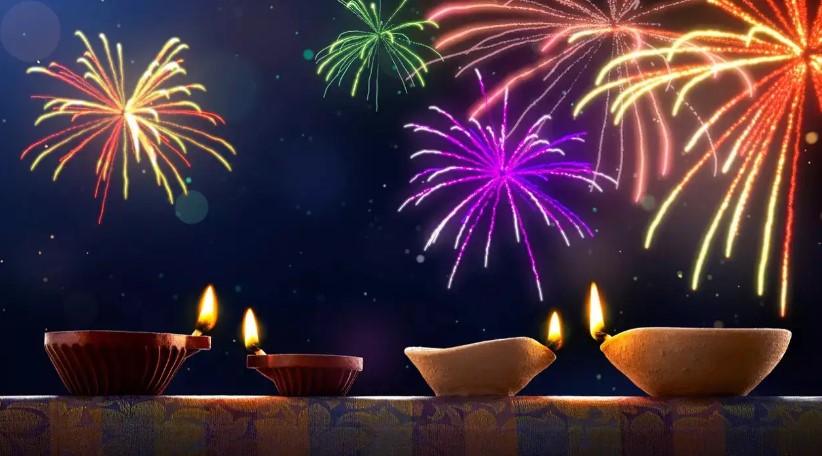
Day 5 – Bhai Dooj: It is the day of brother-sisterhood. Sisters and brothers exchange wishes and shower presents as appreciation.
Rituals and Celebrations
Deepavali is celebrated with unprecedented happiness, fervor, and devotion throughout India and Hindu populations worldwide. Traditions differ with place, but several aspects are shared:
- Cleaning and Adorning Homes
Before the festival, homes are cleaned thoroughly, ridding them of negativity and filth. Doorways, windows, are adorned with flowers, rangoli, marigold garlands, and mango leaves, in the belief to bring in wealth. - Lighting Diyas and Lamps
The lighting of clay lamps (diyas), candles, and increasingly LED lights is the essence of Deepavali. The light represents the enlightenment of knowledge and the triumph of good over evil. Strings of lights illuminate streets, homes, temples, and public squares, transforming the cities and towns into a glittering wonderland.
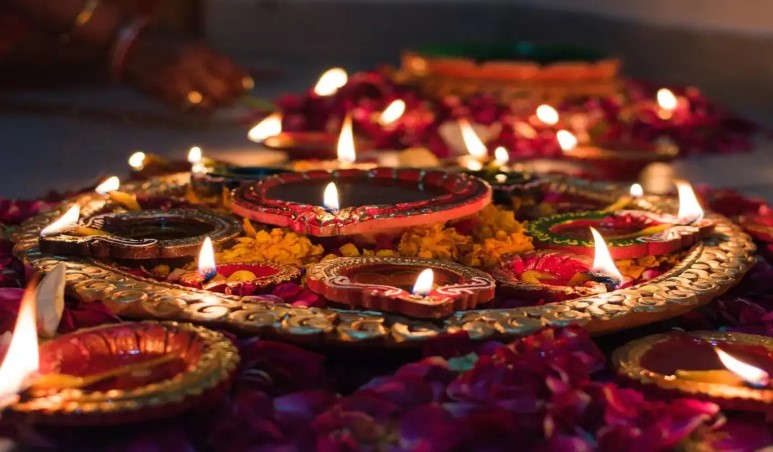
- Worship and Offerings
Devotees perform Lakshmi Puja, sweets, flowers, and prayers to Goddess Lakshmi for good fortune and prosperity. Lord Ganesha, the obstacle remover, is also worshiped along with Lakshmi. Lavish decorations on temples and sacred hymns in the air. - Sweets and Feasting
Deepavali is a time for food indulgence. The family prepares and eats different sweets and snacks like laddus, barfis, halwa, murukku, and samosas. Food sharing develops bonding and kinship. - Fireworks and Celebrations
Firecrackers are a part of traditional Deepavali festivities, warding off evil spirits. Colorful fireworks light up the night sky, making the festival lively. Increasing pressure has, however, arisen because of concerns over air pollution and safety in recent years, calling for greener festivities. - New Clothes and Gifts
Wearing new attire, particularly in light colors, is customary. Guests visit friends and relatives, exchange gifts, and welcome elders with blessings, thus a time of social harmony and good will.
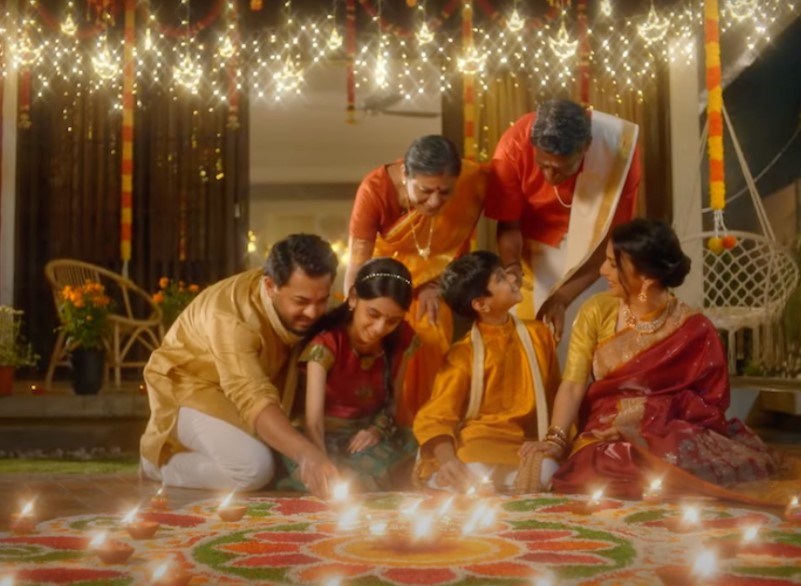
Deepavali Around the World
Though an Indian festival in origin, Deepavali is celebrated extensively in nations with significant Hindu populations, including: Nepal: It is known as Tihar and celebrated with special emphasis on the worship of animals like crows, dogs, and cows. Sri Lanka: Tamil Hindus celebrate Deepavali with the same rituals as in Tamil Nadu. Malaysia and Singapore: Declared as public holidays, with street decorations and colorful cultural performances. Fiji, Mauritius, Trinidad & Tobago: Celebrated as a national holiday with parades and public performances.
An Also United Kingdom, Canada, and the U.S.: Indian communities celebrate with temple functions, fireworks, and cultural performances.The growing global consciousness of Deepavali has even seen it being celebrated in places like the White House, 10 Downing Street, and the United Nations, which speaks volumes of its universal popularity.
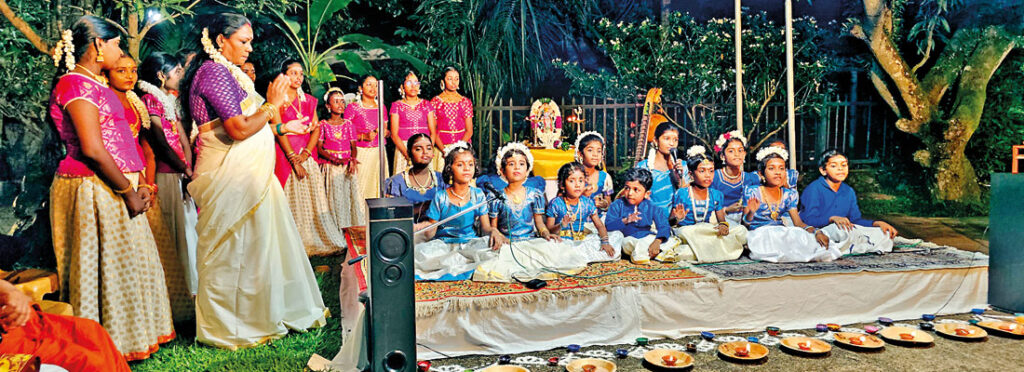
Spiritual Significance and Relevance in Modern Times
Apart from its twinkling lights and festivities, Deepavali is also spiritually significant. It instructs us to: Shed inner darkness with wisdom and self-awareness. Overcome evil forces such as greed, anger, and pride. Encourage harmony and kindness in relationships and communities.In a modern world often fraught with conflict and division, Deepavali’s message of unity, renewal, and hope is more relevant than ever.
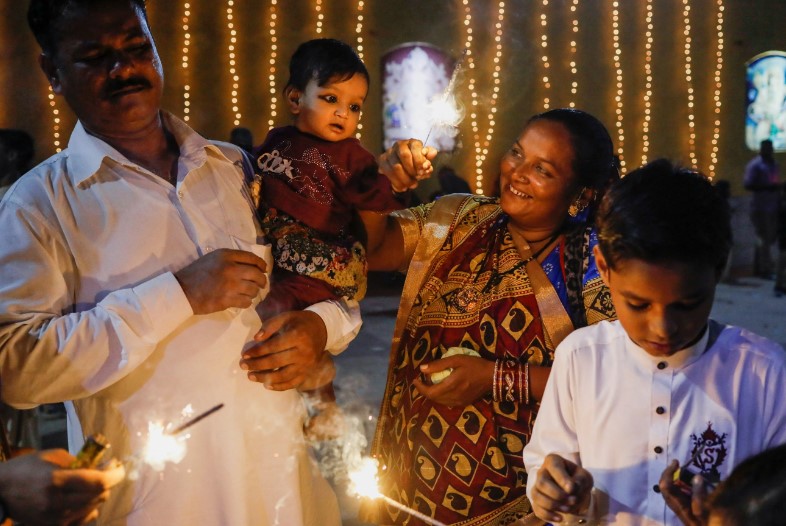
Challenges and Evolving Traditions
With modernization, some aspects of the festival have drawn criticism, particularly the excessive use of firecrackers, which contribute to air and noise pollution, especially in urban areas like Delhi. In response, many communities now opt for: Green crackers,No-firecracker pledges, Eco-friendly diyas and rangolis, Digital gifts and sustainable practices
This change reflects a heightened awareness towards environmental and social impacts without compromising the nature of celebration.
The Light That Unites
Deepavali is more than a festival it’s a path from darkness to light, ignorance to knowledge, and disunion to union. Whichever way it is celebrated, be it in a Tamil Nadu village, a Malaysian city, or a New York apartment, Deepavali remains the same: a time for hope, rebirth, and celebration.Its timeless message encourages all individuals from all walks of life, reminding us that no matter how dark the time may be, there is always light..
Date – 31 October
| Type: | Public Holiday |
|---|





